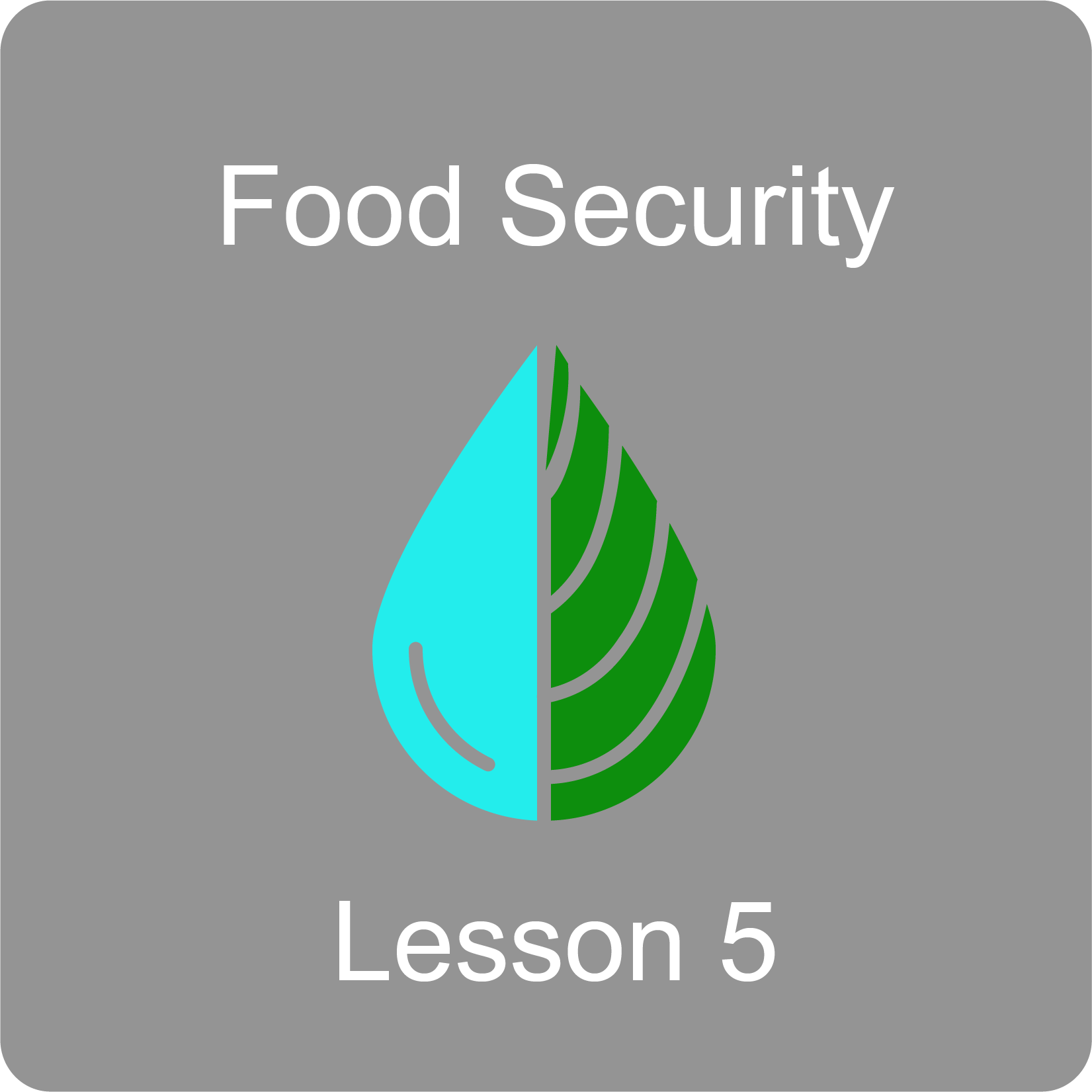Lesson FS5: Why Don’t We Just Grow More?
 Description: Students will continue to explore the idea that when nodes are interacting in a system, modifying one node can have far-reaching consequences for the entire system. In this lesson, students will focus on the stakeholders introduced in Lesson FS3, by analyzing an article and evaluating the impact that possible solutions to global food insecurity will have on stakeholders.
Description: Students will continue to explore the idea that when nodes are interacting in a system, modifying one node can have far-reaching consequences for the entire system. In this lesson, students will focus on the stakeholders introduced in Lesson FS3, by analyzing an article and evaluating the impact that possible solutions to global food insecurity will have on stakeholders.
Objectives
THE BIGGER PICTURE
In Lesson FS1, students were asked to respond to a formative assessment question: “Is the answer to the growing lack of food security in a growing population simply to grow more food?”. Students will revisit their responses and will be using today’s lesson to add to or modify their answer and justifications by exploring the issue of why solving the global food crisis by simply growing more food is not as easy in reality as it is on paper. In Lesson FS4, students started to visualize food security as a system. They will continue to explore the idea that when nodes are interacting in a system, modifying one node can have far-reaching consequences for the entire system. In this lesson, students will focus on the stakeholders introduced in Lesson FS3, by analyzing an article and evaluating the impact that possible solutions to global food insecurity will have on stakeholders.
Instructions
FOR EDUCATORS
Please use this Complete Food Security (FS) Module link to access the most up-to-date version of our Food Security Curriculum Module (last updated 02/23/2021). If you would like to further field test or optimize these lessons, please email us at see@isbscience.org.
Assessment
This lesson follows the FS Pre/post-assessment (Google Doc | Word Doc), Lesson FS1: Introduction to Food Security, Lesson FS2: Critically Evaluating Food Production Techniques, FS APPLICATION 1, Lesson FS3: Who Cares? Stakeholders!, and Lesson FS4: Food Security as a System. Please consider sending electronic versions of any student work to see@isbscience.org.
Resources
RESOURCES
For your convenience, the following are quick links to the resources required for Lesson FS5: Why Don’t We Just Grow More? (p. 26-33).
-
- FS_Food_Security_Vocabulary_ppt (Google Slides | PowerPoint)
- Digital version and Word doc of “The Great Balancing Act” Chart Analysis Handout for modification
- Example of completed Great Balancing Act Article Chart Analysis Handout (Google Doc | Word Doc)
- Searchinger, T., et al. The Great Balancing Act Installment 1, World Resource Institute
The following are resources attached to the end of the Lesson FS5 document (p. 26-33):
-
- The Great Balancing Act- Reading Guide (Student Version)
-
- The Great Balancing Act- Reading Guide (Teacher Version)
- Balancing Act Article Chart Analysis Handout

